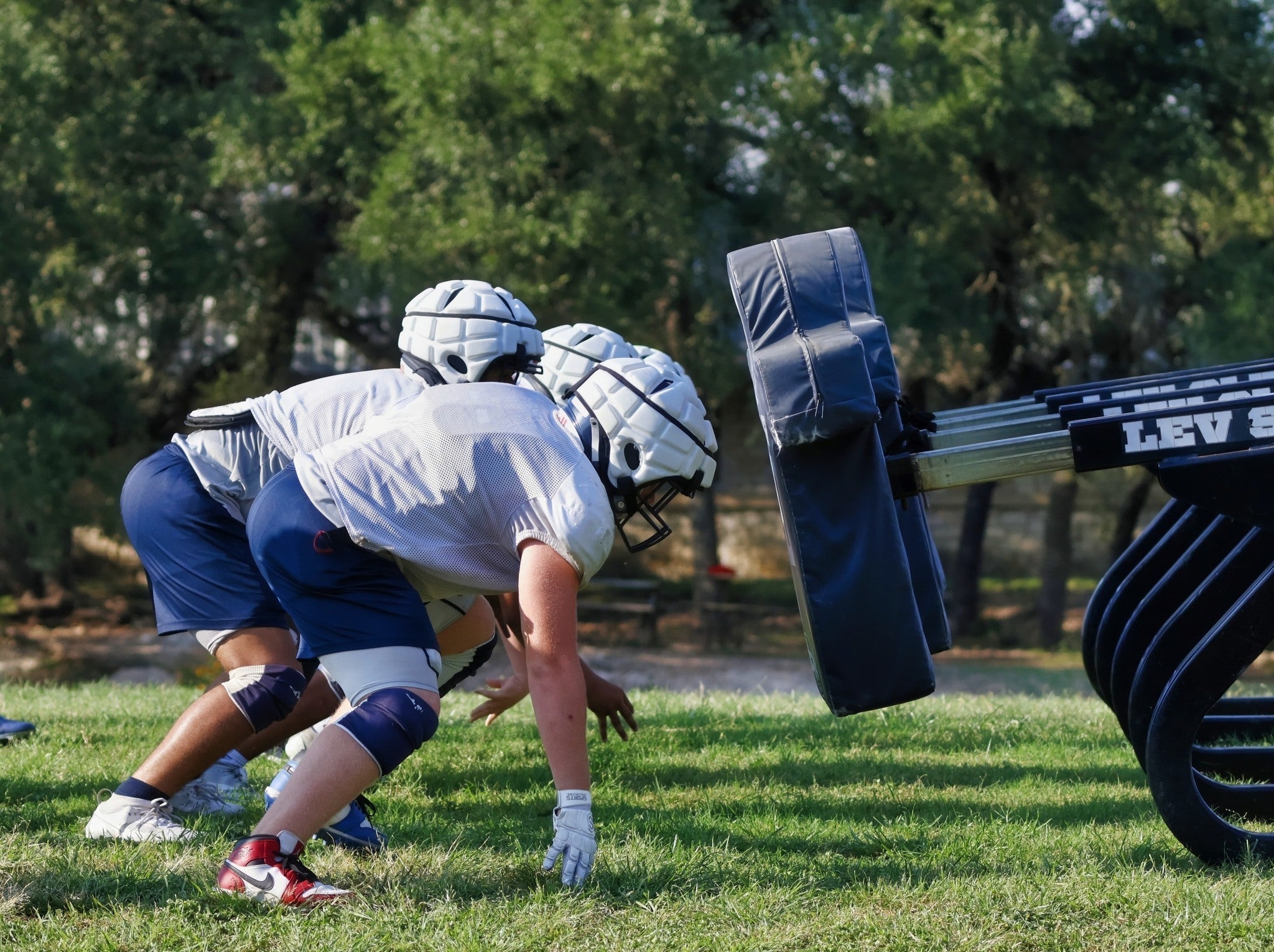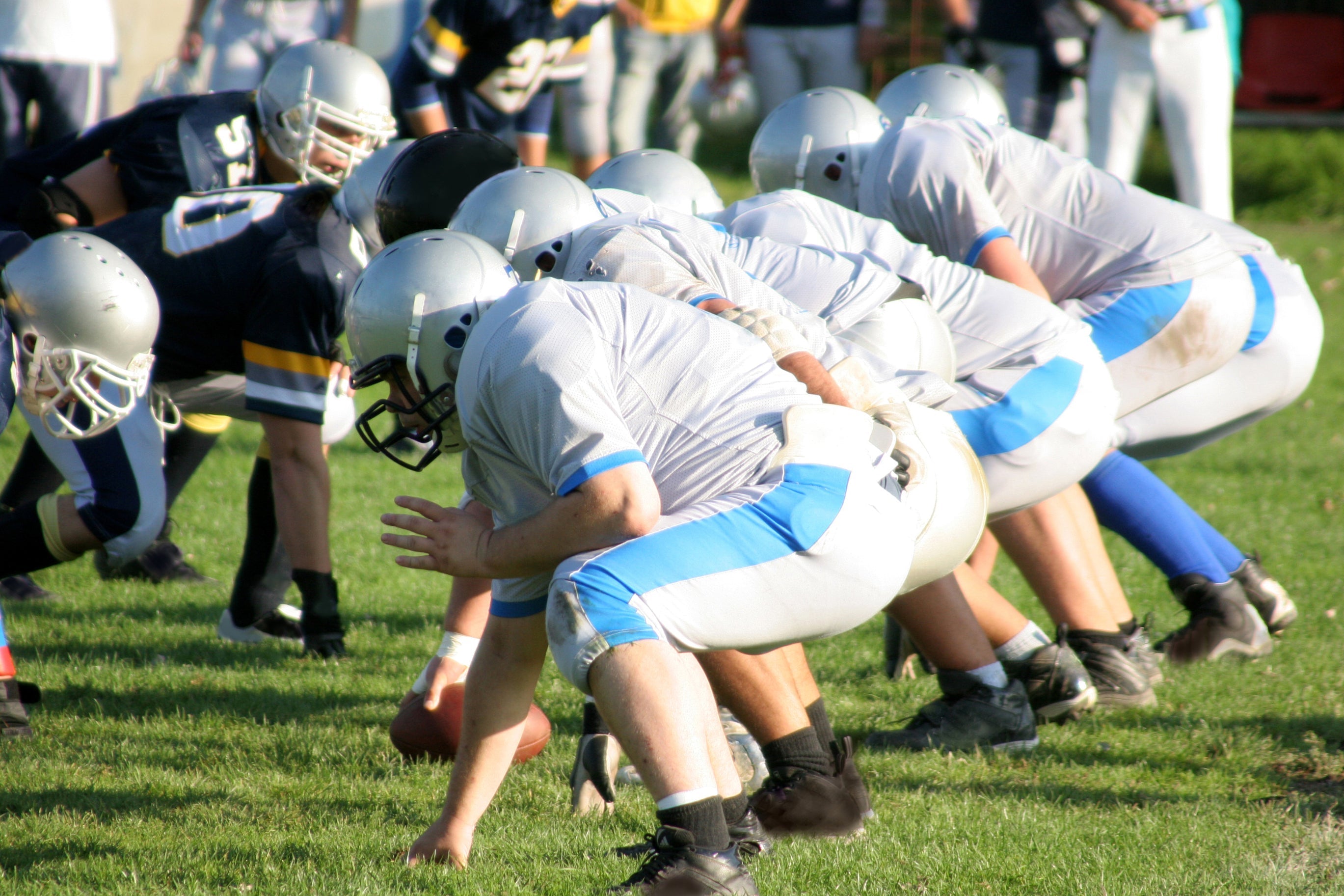
Heat and Performance
As temperatures climb, athletes face a unique challenge: balancing peak performance with the risks of heat exposure. Heat not only influences how the body performs but also increases the potential for heat-related illnesses. Understanding these effects is crucial for athletes, coaches, and parents to ensure both safety and success on the field.
The Science of Heat and Exercise
When we exercise, our muscles produce heat as a byproduct of energy use. In hot conditions, the body must work harder to maintain a stable internal temperature, primarily through sweating and increased blood flow to the skin for cooling.
However, these cooling mechanisms come at a cost:
- Increased Energy Demand: Redirecting blood to the skin reduces the blood supply to working muscles, potentially decreasing performance.
- Fluid Loss: Sweating depletes water and electrolytes, leading to dehydration if not replenished. Even mild dehydration can impair endurance, strength, and mental focus.
- Core Temperature Rise: As the body's core temperature increases, the risk of heat-related illnesses, such as heat exhaustion and heat stroke, becomes significant.
Effects of Heat on Athletic Performance
- Decreased Endurance: High temperatures can reduce the time athletes can sustain high-intensity efforts.
- Slower Reaction Times: Dehydration and heat stress can impair cognitive function, slowing decision-making and coordination.
- Muscle Fatigue: Heat accelerates fatigue, reducing strength and power output over time.
- Greater Perceived Effort: Athletes often feel like they’re working harder in the heat, even if their performance metrics remain steady.
Heat Acclimatization: A Performance Booster
While heat presents challenges, the body can adapt through a process called heat acclimatization. Over 7-14 days of progressive exposure to high temperatures, athletes develop improved sweating efficiency, lower core temperature, and better cardiovascular stability. Acclimatization can enhance both safety and performance in hot environments.
Staying Safe and Competitive in the Heat
Athletes don’t have to choose between safety and performance. Here are a few strategies to thrive in hot conditions:
- Stay Hydrated - Stay Cool and Hydrated: Mastering Hydration and Heat Safety for Athletes
- Monitor Weather Conditions - Heat Index vs. Wet bulb globe temperature
- Recognize Warning Signs: Understanding Heat
In Summary
Athletes thrive when they combine preparation with adaptability. By understanding how heat affects performance and taking proactive steps, athletes can perform at their best while staying safe. Whether you’re a seasoned professional or just starting out, embracing these strategies ensures that the heat becomes an obstacle you’re ready to overcome, not one that derails your goals.

